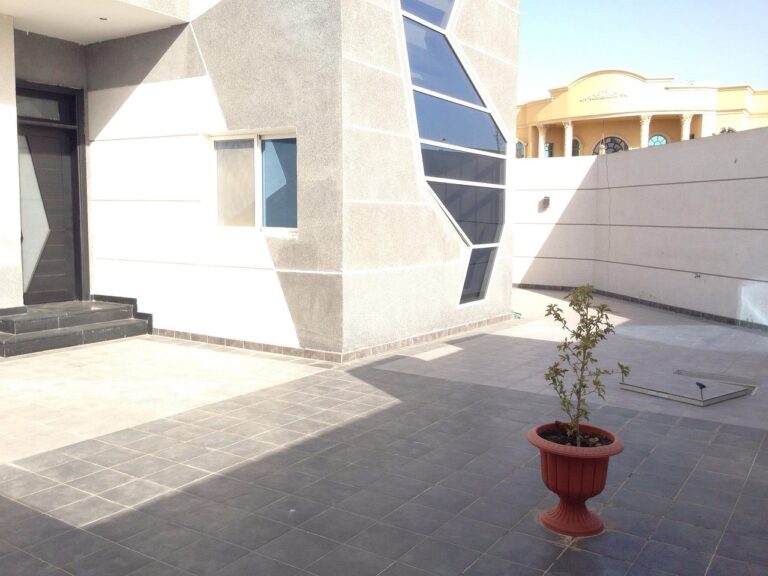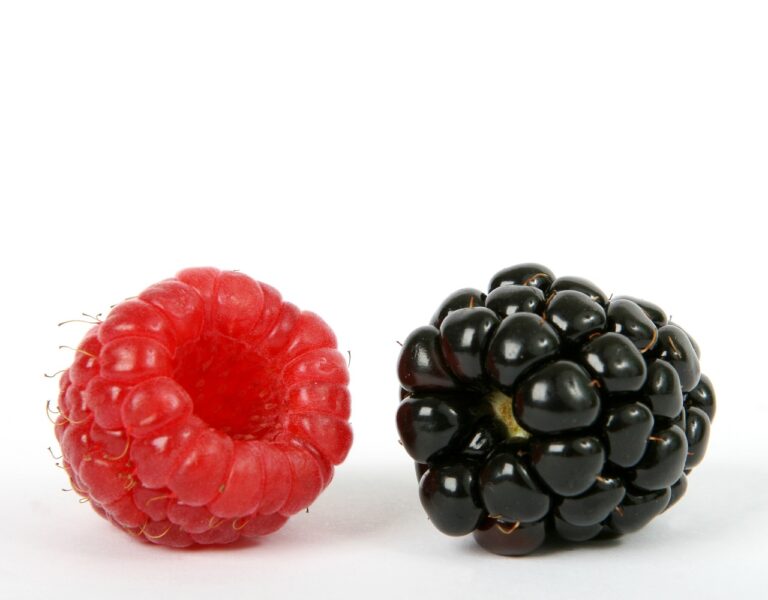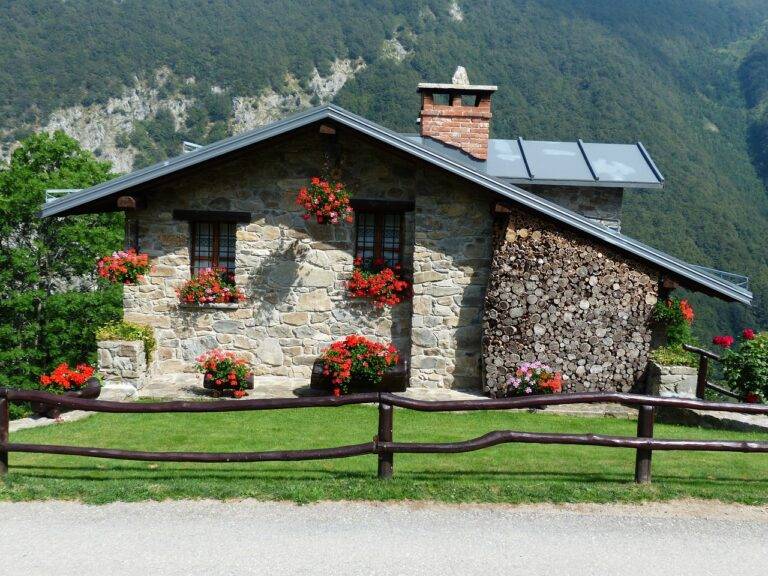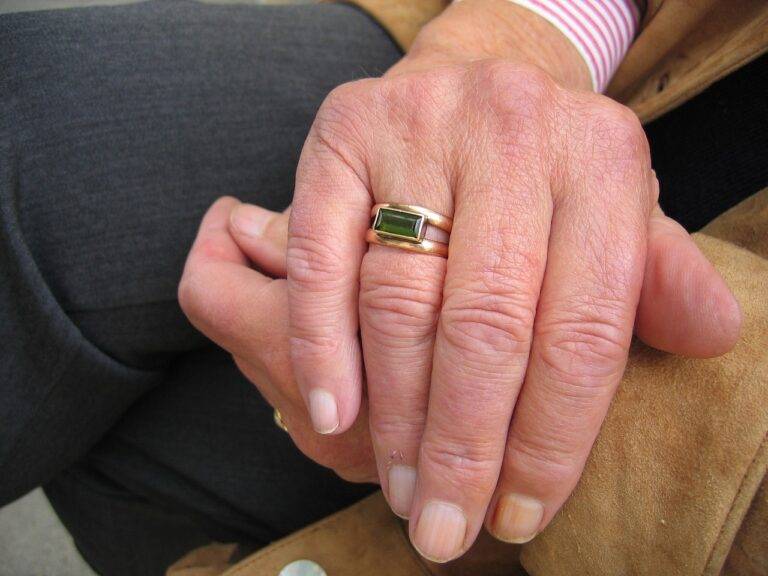Green Building Practices: Building a Sustainable Future for Homes
Sustainable homes are becoming increasingly popular among environmentally conscious individuals. One key aspect of creating these eco-friendly homes is the careful selection of building materials. Choosing materials that are renewable, recyclable, and locally sourced is crucial in reducing the environmental impact of construction projects. By opting for sustainable materials such as bamboo, reclaimed wood, recycled glass, and eco-friendly insulation, homeowners can minimize their carbon footprint and support a greener future.
In addition to the environmental benefits, using sustainable building materials also offers economic advantages. While the initial cost of eco-friendly materials may be slightly higher than traditional options, the long-term savings on energy bills and maintenance costs often offset the upfront investment. Moreover, sustainable homes tend to have higher property values and appeal to a growing market of environmentally conscious buyers. By prioritizing sustainable building materials, homeowners can create beautiful, durable, and energy-efficient homes that align with their values and contribute to a more sustainable future.
Energy-Efficient Design Strategies
Energy-efficient design strategies play a crucial role in reducing energy consumption and decreasing the carbon footprint of buildings. One effective strategy is optimizing natural light and ventilation by incorporating large windows and skylights to maximize daylight and fresh air flow. This not only reduces the need for artificial lighting and mechanical ventilation but also enhances occupant well-being by creating a more comfortable and visually pleasing indoor environment.
Another important design strategy is the use of high-performance insulation and energy-efficient windows to minimize heat loss in winter and heat gain in summer. By improving the thermal envelope of a building, it can significantly reduce the demand for heating and cooling systems, resulting in lower energy costs and a reduced impact on the environment. Additionally, strategic building orientation, shading devices, and cool roofs are effective techniques that can further enhance the energy efficiency of a building and contribute to a more sustainable built environment.
Water Conservation Techniques in Green Building
When designing and constructing green buildings, incorporating water conservation techniques is essential to reduce overall water usage and promote sustainability. One key technique is the installation of low-flow fixtures such as faucets, toilets, and showers. By using these fixtures, homeowners can significantly decrease their water consumption without compromising on performance.
Another effective water conservation technique is the implementation of rainwater harvesting systems. These systems collect rainwater from roofs and store it for later use in activities such as watering plants or flushing toilets. By utilizing rainwater in this manner, green buildings can reduce their reliance on traditional water sources, ultimately contributing to water conservation efforts and environmental preservation.
• Low-flow fixtures such as faucets, toilets, and showers can reduce water consumption
• Rainwater harvesting systems collect rainwater for later use in activities like watering plants or flushing toilets
What are some building materials typically used in sustainable homes?
Building materials commonly used in sustainable homes include recycled materials, bamboo, reclaimed wood, and low-VOC paints.
What are some energy-efficient design strategies for green buildings?
Energy-efficient design strategies for green buildings include proper insulation, use of energy-efficient appliances, passive solar design, and high-performance windows.
Can you provide some examples of water conservation techniques in green building?
Some water conservation techniques in green building include installing low-flow fixtures, rainwater harvesting systems, greywater recycling systems, and drought-resistant landscaping.
How do water conservation techniques benefit the environment?
Water conservation techniques help reduce water waste, decrease the strain on local water resources, and minimize the energy required for water treatment and distribution.
Are there any financial incentives for incorporating water conservation techniques in green building?
Yes, there are financial incentives such as tax credits, rebates, and grants available for implementing water conservation techniques in green building projects.







